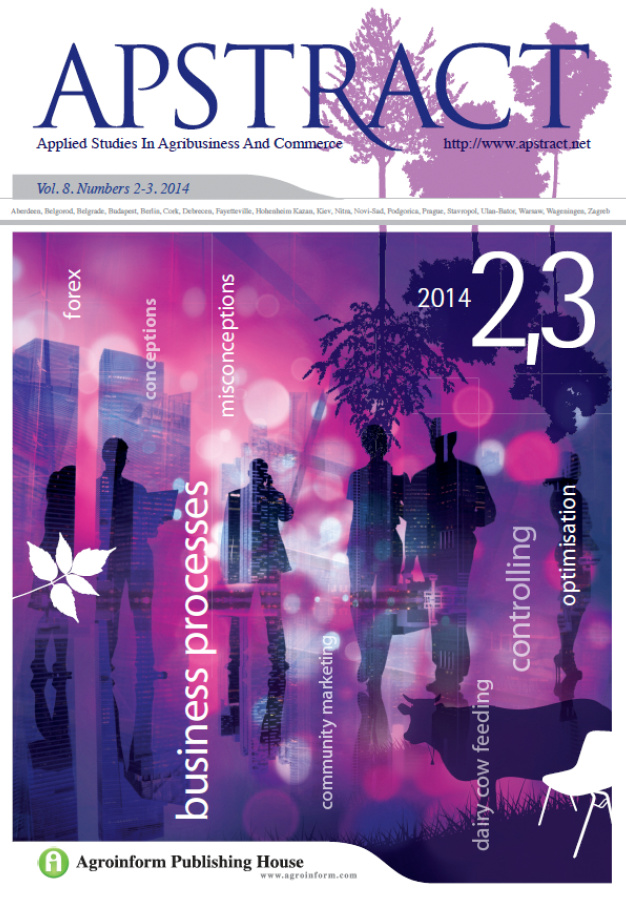Potential of vertical and horizontal integration in the Hungarian fish product chain
Authors
View
Keywords
How To Cite
Abstract
After the economic and political transformation, the output and resource utilization of the Hungarian fish production sector decreased less than in other livestock sectors, and it managed to preserve its income position. As a consequence of the relatively low level of the implemented innovative developments, though, for all the EU assistance available the cooperation efforts did not prove to be very efficient. The relatively favourable income position of several farms led them to a kind of “leisureliness”, and as a result, the level of the applied production technology in many cases did not even reach that of the 1970s. All these circumstances led to the degradation of the innovations and to the expiration of the horizontal and vertical integrations in the sector, leaving the commercial and cooperation forms being typical in an otherwise stabile classical free-market environment. Problems were further increased – amongst other things – by the volatile cereal prices, 27% VAT rate, and the introduction of road toll. After long years, certain farms were to face losses, and the decline of profitability at sectorial level, thus the need for innovation and producers’ co-operations has become imperative. As a solution option to these problems, a model of a product chain containing both horizontal and vertical elements and comprising the entire sector has been developed. Present study introduces this new model, which is established on foreign examples primarily, but takes the Hungarian specialities into account too.


 https://doi.org/10.19041/APSTRACT/2014/2-3/1
https://doi.org/10.19041/APSTRACT/2014/2-3/1




